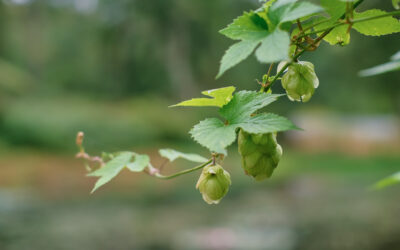The rapid advance of the French brewing scene to have more breweries than either Germany or the UK, has seen a geographical expansion of brewing too. Ales were once only found in the area between Strasbourg and La Manche (The English Channel), in the north and east of France, but are now made across the whole country, following every tradition and none. There remain some local regional traditions, however.
Bière de garde
Bière de Garde translates roughly as ‘stored beer’ and is a term first coined in the mid-20th century to distinguish traditionally made French ales from the emerging industrial lagers. This is not a style defined by colour, character or content, but rather by production method. Beers tend to be of medium strength (6.0-8.0% ABV), to be all-malt and to share a common thread that after fermentation , they are conditioned at cellar temperature – a sort of tepid lagering – for a minimum of 21 days under French law, and often for longer. This creates a smooth texture and fulsome maltiness that lasts through to the end. Any sharp edges from ageing or cellar-like mustiness comes from poor keeping rather than intent.
Note: French brewers followed for some years a tricolore convention, with many breweries making beers in blond, amber and brown versions. The Brune (brown) form of Bière de Garde tends to be malt-driven, the Ambrée (amber, occasionally Rousse, or ruddy) form tends to sweet and fruity, while the Blonde (blond) versions are more likely to be hop-enhanced. A special, typically strong-end variety called Bière de Mars, traditionally made in March to see off residual grain stock, is intended for immediate consumption.





